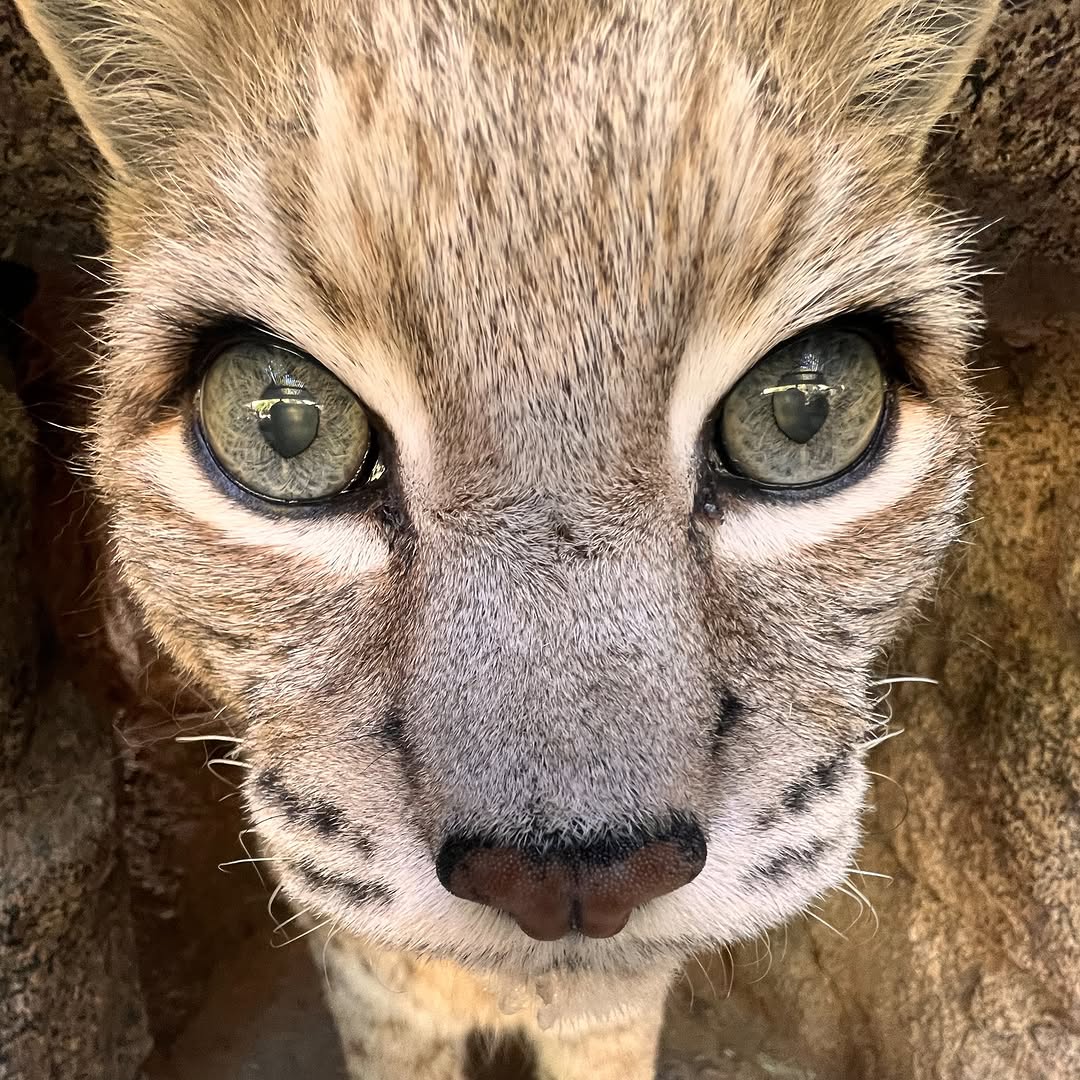- An exploration of 2024’s trending phenomenon: the rise of “boopable” animal noses as a symbol of wildlife engagement and affection.
- An overview of how this social media trend influences zoo management and wildlife conservation efforts.
- Detailed analysis of the biological and behavioral significance of “booping” in animal species.
- Insights into how public participation in “boop” content affects awareness and funding for conservation projects.
- Information on popular animals in the “boop” trend and their conservation status.
In 2024, a whimsical yet heartening trend captivated the global audience: the rise of the “boop.” This endearing act of gently tapping an animal’s snout, often with a finger, transformed into a symbol of both affection and environmental consciousness. Rooted in innocence and playfulness, the boop transcended cultural and geographic boundaries, becoming a digital darling across social media platforms. By examining this trend, we gain insights into its impact on wildlife engagement, zoo management, and conservation efforts, while also exploring the biological basis of this phenomenon.
The “boop” trend, popularized by countless viral videos and images, reflects an increasing desire to connect with wildlife in a gentle, humane manner. Social media posts showcasing adorable animals receiving boops amassed millions of views and shares, creating an online movement that celebrated the charm and peculiarities of animal behavior. From domestic pets to exotic wildlife, the boop served as a universally endearing gesture, promoting empathy and curiosity. This cultural phenomenon not only entertained but also raised awareness about animal welfare and the significance of conservation efforts.
Zoo management and wildlife conservation organizations recognized the potential of the boop trend to enhance public engagement. By incorporating this theme into visitor experiences and educational programs, zoos capitalized on the popular appeal to foster a deeper appreciation for wildlife. Interactive exhibits and guided tours often included opportunities for visitors to safely engage with animals through symbolic booping, fostering an emotional connection and empathy towards wildlife. This, in turn, drove attendance, funding, and support for conservation initiatives, highlighting how a playful gesture could bridge the gap between entertainment and education.
The biological and behavioral significance of the “boop” extends beyond human-animal interaction. In ethology, the study of animal behavior, such gentle touch is often a form of social bonding or reassurance among animals. Many species exhibit similar behaviors in their natural habitats, where close contact may help strengthen social ties within groups or serve as a calming mechanism during stressful situations. Understanding these behaviors in the context of booping helps demystify animal responses and underscores the importance of tactile interactions within animal communities.
As more individuals participated in the boop trend by sharing content and engaging online, public awareness about wildlife conservation increased. Organizations leveraged this momentum to drive campaigns and fundraising efforts, highlighting endangered or vulnerable species that captured the public’s imagination. By directly associating boopable moments with conservation messages, these campaigns effectively heightened solidarity and mobilized resources towards critical efforts. This engagement translated into tangible support for habitat preservation, anti-poaching initiatives, and species rewilding programs.
Certain animals emerged as stars in the boop cosmos, drawing attention to their conservation needs. For instance, the noses of tapirs and anteaters became social media staples due to their unusually elongated shapes and gentle demeanor. Likewise, the charm of elephants, with their expressive trunks, captured public fascination. However, these animals also face significant threats in the wild, such as habitat loss and poaching. The heightened visibility of these species through the boop lens provided conservationists with unique opportunities to spotlight their narratives and rally global support for their preservation.
In summary, 2024 marked an intriguing chapter in wildlife appreciation with the emergence of the boop trend. This phenomenon, while light-hearted and fun, serves as a poignant reminder of the critical role public engagement plays in conservation. It transformed simple online interactions into powerful tools for awareness and advocacy. In capturing hearts worldwide, the boop trend demonstrated how digital culture can be harnessed to promote environmental stewardship and foster connections between humans and wildlife, ensuring that the love for nose boops translates into meaningful action for species preservation.
*****
Source Description
2024 was the year of the boop — nose down! 🐽 Swipe for a replay of our top boopable moments.
Who’s your top boop? Cast your vote below! 👇


